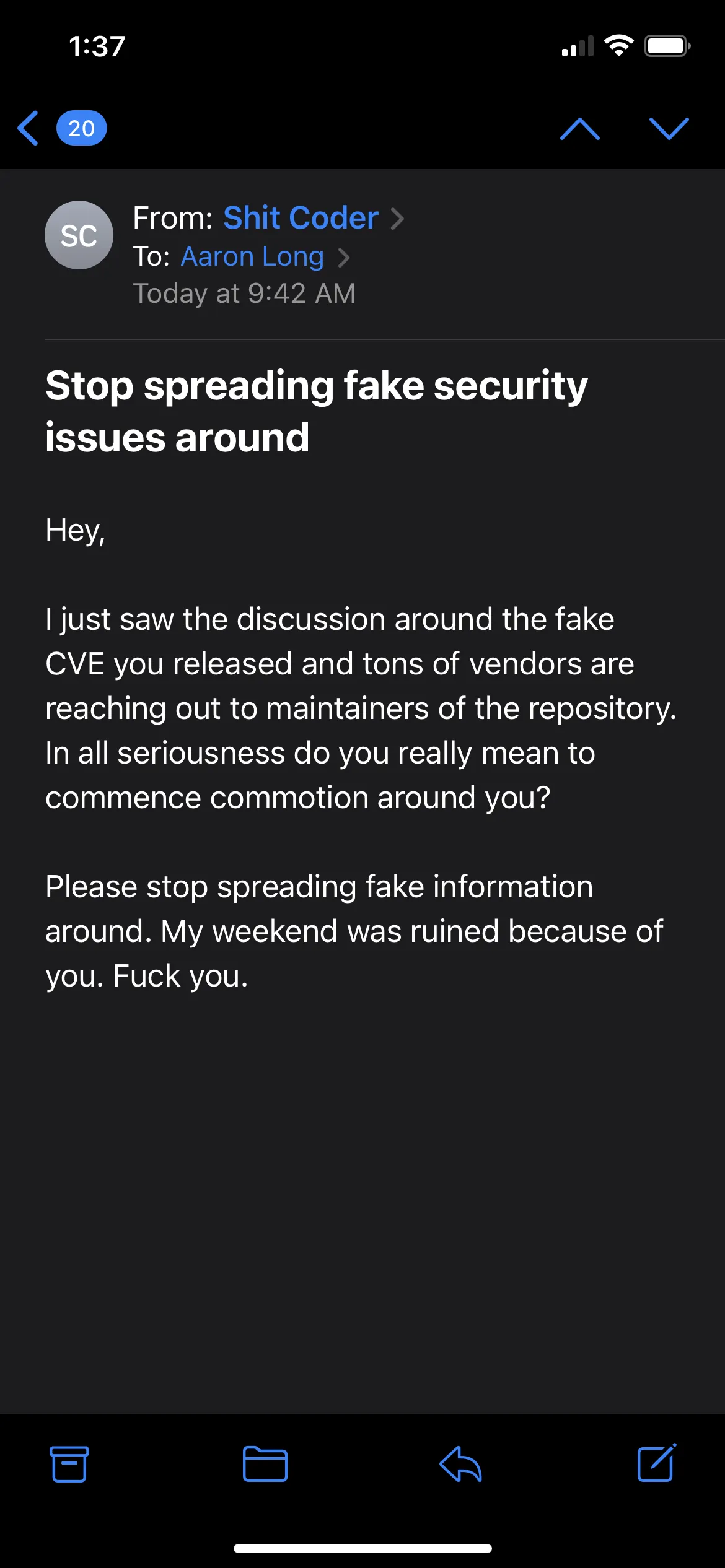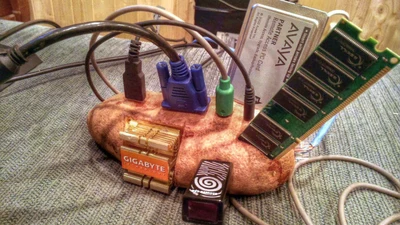- 2
- 24
rtechnology discussion (top comment is rentoid cope)
A growing number of cities and towns all over the U.S. are handing out cash grants and other perks aimed at drawing skilled employees of faraway companies to live there and work remotely. A handful of such programs have existed for years, but they have started gaining traction during the pandemic—and have really taken off in just the past year or so. Back in October there were at least 24 such programs in the U.S. Today there are 71, according to the Indianapolis-based company MakeMyMove, which is contracted by cities and towns to set up such programs.
Because these programs specifically target remote workers who have high wages, a disproportionate share of those who are taking advantage of them work in tech—and especially for big tech companies. Companies whose employees have participated in one remote worker incentive program in Tulsa, Okla., include Adobe, Airbnb, Amazon, Apple, Dell, Facebook parent Meta Platforms, Google, IBM, Microsoft, Lyft, Netflix, Oracle and Siemens, according to a spokeswoman for the organization.
Local governments are offering people willing to move up to $12,000 in cash, along with subsidized gym memberships, free babysitting and office space.
Because of the relatively modest scale of these economic-development programs, even small communities can get in on the game in a way they never could for, say, the Amazon HQ2 extravaganza. Among the towns doing this is Greensburg, Ind., population 12,193.
A skeptic might ask why local economic development programs are spending funds to subsidize the lives of people who work for some of the most valuable companies in the world. On the other hand, because these remote workers aren’t coming to town seeking local jobs, an argument can be made that they constitute a novel kind of stimulus program for parts of the country that have been left out of the tech boom—courtesy of big tech companies.
Some of those companies are perfectly happy with this turn of events. In April, Airbnb said nearly all of its employees could work anywhere they liked, and retain their full salaries. It’s even promoting its product as a way for remote workers to find temporary housing, says a spokeswoman for the company.
Every remote worker these places successfully attract and retain is like gaining a fraction of a new factory or corporate office, with much less expenditure and risk, argues Mark Muro, who studies cities and labor at the Brookings Institution.
Where the wind comes sweepin’ down the plain
Jason Mathew, who was born and raised in New York City, is a product manager at IBM who has lived in nearly every increasingly unaffordable tech hub in the country, including San Francisco and Austin. To his surprise, he’s found Tulsa is where he belongs. “I’ve felt so loved and known here in ways I never have before,” he says.
That sense of possibility, community and mission is something that Tulsa Remote, the privately funded program that brought Mr. Mathew to the city, seeks to promote. It’s also what attracted David Gora, who works for the part of Meta that screens third-party developers to determine whether they should have access to its platform.
“To some degree, I’ve been able to find myself,” says Mr. Gora, who before his move to the Midwest had never lived anywhere in the U.S. other than California. Other things he likes include the lack of a commute, the lower cost of living, and higher quality of life he’s been able to find in Tulsa compared with the Silicon Valley city he used to live and work in for Meta.
Tulsa Remote started in 2018 with the mission of attracting remote workers, at a time when they represented only 3% of the U.S. workforce, says Justin Harlan, managing director of the program. By October 2021, with the pandemic having pushed 45% of full-time workers in the U.S. to work remotely at least part time, according to Gallup, many other cities and towns across America had decided to try their hand at attracting them.
Tulsa Remote, the biggest of these programs by the number of people it has brought in, has a distinct advantage over most: It’s funded by the George Kaiser Family Foundation, a philanthropic organization based in and focused on Tulsa, which spent $181 million on a variety of initiatives in 2020 alone. Almost all of America’s comparable programs must be paid out of local economic-development budgets.
By the end of 2021, Tulsa Remote had brought 1,360 people to the city. By the end of 2022, the total could be more than 2,400.
From smokestacks to knowledge workers
“This is the new version of smokestack chasing,” says Roy Bahat, head of the Bloomberg Beta venture-capital firm and a former economic-development official for New York City. “Smokestack chasing” refers to local governments’ bidding against one another to try to attract a factory, office or some other kind of infrastructure that will create jobs. “It’s like what Ohio did when it attracted a microchip factory,” he adds, referring to the more than $2 billion in incentives the state promised
A study conducted by the Economic Innovation Group and commissioned by Tulsa Remote concluded that for every two people the program brings to the city, one new job is created.
By contrast, when an office moves to a town, every new high-wage tech job creates an estimated five more jobs in sectors including healthcare, education and service, according to research by economist Enrico Moretti. That’s because those deals involve not only people but the money that goes into building and maintaining facilities, paying commercial property taxes and more.
Modest bets, modest impact
Still, for towns that don’t have the budget to attract a whole office or factory, the modest impact of bringing in a handful of remote tech workers can be balanced by the much smaller investment required to attract them.
Consider Doug Waltz. He is in many ways your typical Amazon engineer—well compensated, likes the perks and enjoys the flexibility of remote work, which has allowed him to be a devoted father during his children’s earliest years.
One way he’s atypical, however, is that as a newly minted resident of Greensburg, the Indiana town with around 12,000 people, he’s the only Amazon engineer in what he estimates is a 30 mile radius, at least. His basket of incentives to move to his new home included $5,000 from the city, a year of free office space, gym membership and babysitting for his children, ages 1 and 3.
Greensburg’s program is tiny compared with Tulsa’s, and is only budgeted to attract a handful of remote workers a year.
Community and quality of life are critical
The remote workers I interviewed said that the incentives they were offered got them to consider the places they moved to, but weren’t what convinced them to move. For workers like Mr. Waltz, the desire to be closer to his wife’s family in the state was the deciding factor. For Mr. Mathew, the product manager at IBM, who is single but would like to start a family, it was the potential of Tulsa to be a place where he could build the life he envisions. And Mr. Gora decided to stay in Tulsa partly because his girlfriend recently moved in with him there.
Many other factors, such as inflation and America’s housing crisis, also matter. Mr. Gora now pays less for a three-bedroom house with a yard than he did for a one-bedroom apartment with no air conditioning or dishwasher in Santa Clara, Calif. Even with the pay cuts that Meta has imposed on workers who relocate to areas with a lower cost of living, Mr. Gora is saving a lot more money and has a much higher quality of life than before, he adds.
Since moving to Tulsa in 2020, Mr. Mathew has become a landlord of the four-unit apartment building where he lives, got voted vice president of his neighborhood community association and launched a side project in the form of a new startup and app.
“What is keeping me here is the opportunity,” he says. “And the people.”
- 2
- 12
- 8
- 27
- 3
- 15
- 8
- 12
- 6
- 19
What a shitshow. The CEO seems genuinely r-slurred or has some kind of mental problem. Dude burnt millions of dollars of his parents money to speedrun a company into bankrupcy and then panicked and just started scamming his own employees and clients using chargeback fraud lmao.
- 22
- 42
Several F-Droid developers are involved in repeatedly engaging in bullying, harassment and libel towards me. I've archived a thread with the latest example of it here:https://t.co/xyuYKMcNN7
— Daniel Micay (@DanielMicay) July 13, 2022
Many previous examples including https://t.co/ZYbEFgDjsA. Other devs are involved. pic.twitter.com/oWAkIQepcM
Threats of lawsuits abound
- 145
- 156
I hate the symbols in math so much. It just feels like unnecessary gatekeeping for trivial concepts. How many mathematical proofs could be made widely accessible with just a little bit of psuedocode?
— Franklin Lynam (@FranklinLynam) September 11, 2021

- 28
- 35
From the comments
And the entire benefit of Gentoo gone out the window with a single article... nice
Thats new, how would I write code with -O2 in mind? Do you have a link or an example?
For example, you keep a toy oxygen molecule on your desk and stare at it all the time.
Yep it's all open source. People are lazy?
Panem et circenses!
- 14
- 19
- 5
- 9
- 21
- 71
- 3
- 14
- 17
- 21
Husky is an android app for Pleroma. Pleroma is federation software, which our fediverse instance runs.
The background
This isn't the first time the developer threw a fit and left. But this might be the funniest one
Original post where the developer ragequits
Husky is alright software, it's a fork of another software called Tusky, which also has it's own set of drama (like hardcoding "nazi" instances and blocking them), but specifically, Tusky was written for Mastodon. Mastodon and Pleroma both have backwards compatible API's, but Pleroma slaps on a lot of it's own things, such as emoji reactions, more user information, custom post limits, and much MUCH more. This means that Tusky works for both Pleroma and Mastodon servers.
Husky was started by someone who wanted to make an app more oriented for Pleroma only, adding things like Emoji reactions and such
The drama
Like all software, it has bugs: but Husky has bugs that have gone unfixed for a few months. Some include notifications which don't work, like in the image, chat notifications. Posts that contain a lot of emojis can literally freeze Husky. webm emojis can glitch out sometimes, and various other bugs.
Unfortunately, this developer is an non-conformant neurodivergent (trust me, I am too) who uses Sourcehut (version control software), which is good software no doubt. Sourcehut requires that you send emails and vice versa to send tickets/issues/patches, and all discussions occur over email. Some people are fairly sensitive about their emails, although it allows people to submit issues without an account.
Two people reported bugs, specifying the bugs, explaining how the bugs are triggers on the Fediverse (Pleroma and Mastodon are part of the Fediverse FYI, it's a catch-all term). The developer saw these and responded that they must be opened through channels, the applicants do not want to do this, and just say "Please fix the bug". This very shortly led to the developer leaving, for good, and deleting his accounts. Excuse being that he receives too many complaints
Also >i dont, freakish developer doesn't even test his fricking software lmao
What's interesting about this very niche drama, is that a Pleroma frontend known as Soapbox (which, yes, has a lot more drama than this actually, the developer is a TERF etc), receives lots of complaints and deals with lots of messages hurled at him, x100 times more than the Husky developer. But oh well...
- 10
- 25
For something about 8 dimensional sphere packing (🥱,  )
)
Also james maynard won I think for his twin primes work which is considerably cooler i remember watching a youtube video by him
There's an old conjecture that there are an infinite number of primes of the form p, p+2. He didnt prove the conjecture but he proved (if i remember correctly) some upper bounds on the smallest distance between any pair of primes greater than any arbitrary number. That means the minimum distance between consecutive primes doesn't blow up and you might even always have pairs of primes separated by 2 no matter how far you go along the number line
- 9
- 7
5% of new car sales in the US are electric now, which is apparently a critical metric for mass adoption of EV's in a country.


















](/images/16579274485933402.webp)

 Ukkkraine struggles for Big Tech's attention as Russoid propaganda evolves
Ukkkraine struggles for Big Tech's attention as Russoid propaganda evolves 












 vlad is a Russian vampire name
vlad is a Russian vampire name 
 developer of phone OS that nobody uses faces harassment from famous
developer of phone OS that nobody uses faces harassment from famous 
 developer of appstore that nobody uses
developer of appstore that nobody uses



 notation in math feels like unnecessary gatekeeping
notation in math feels like unnecessary gatekeeping  , proofs must be written in pseudocode for-loops
, proofs must be written in pseudocode for-loops  "
"
](/images/16578164433688195.webp)


.webp?h=8)
 after Science
after Science  proves that `march=native` doesn't improve perfs
proves that `march=native` doesn't improve perfs 











 Pumpkin Spice Mafia Gang Gang
Pumpkin Spice Mafia Gang Gang 



.webp?h=8)















 Older AMD, Intel chips vulnerable to 'Retbleed' Spectre variant
Older AMD, Intel chips vulnerable to 'Retbleed' Spectre variant 



 to take down citizen lab
to take down citizen lab






